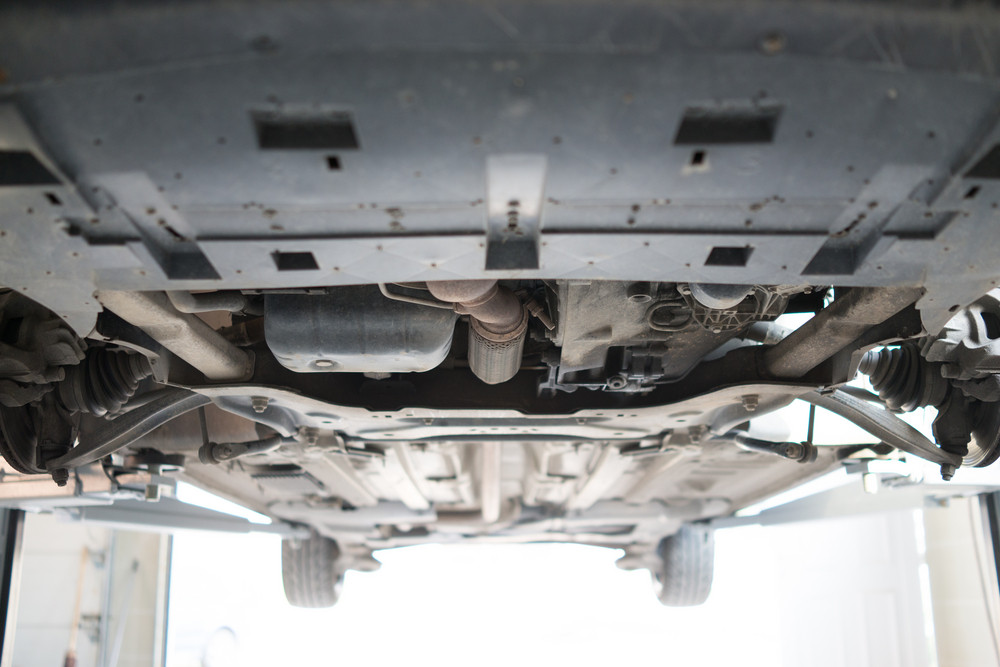
A mechanic can help to extend the lifespan of your car, ensure your car runs efficiently, and diagnose and repair problems. According to Agero, approximately one in three drivers will have their car break down in a given year. This adds up to around 69 million car breakdowns annually. When your car is malfunctioning, do you know how a mechanic figures out what’s wrong? Professional auto technicians have several methods to accurately diagnose issues. Let’s take a look.
1. Gather Extensive Symptom Details from the Driver
The first critical step a mechanic takes is speaking directly with the driver to gather details about what exactly is happening with the vehicle. They’ll inquire about when the problem occurs, such as under certain driving conditions, during particular types of weather, or after the car sits. Descriptions of any audible sounds, vibrations, or visual warning lights are noted. Mechanics will also ask if anything changed recently, like maintenance done or modifications. Details help them understand nuances so they can narrow down the cause of the problem.
2. Test Drive the Vehicle
Actually test driving and fully operating the malfunctioning vehicle is invaluable for an experienced mechanic’s diagnosis. By directly experiencing the issue firsthand, they can often hear, feel, and notice things, helping them pinpoint the likely problem. Test drives combined with the owner’s descriptions provide essential insights compared to just guesses from external-only inspections.
3. Running On-Board Diagnostics
Connecting a professional scan tool to the vehicle’s on-board diagnostics, or OBD2 port, lets mechanics access a wealth of useful diagnostic data. OBD systems monitor many vehicle operations and record fault codes when issues are detected. The scan tool’s reports include trouble codes pointing to specific sensor or component failures. OBD scans guide the mechanic toward hidden electrical issues.
4. Inspect Mechanical Components Intensively
Methodically inspecting components like the engine, transmission, belts, hoses, steering system and other mechanical equipment aids diagnosis. Mechanics look closely for damage, leaks, abnormal wear, corrosion, cracks, and other visible issues that might be causing symptoms or codes. Catching problems early saves customers money.
With these multi-pronged diagnosis methods, mechanics can efficiently zero in on very specific causes, saving customers time, money, and frustration. So don’t despair over vehicle issues – let an expert tackle the job. If your car isn’t running properly or efficiently, our mechanics can inspect, diagnose, and repair the issue. Call S&S Automotive today to schedule a service appointment.

 MENU
MENU